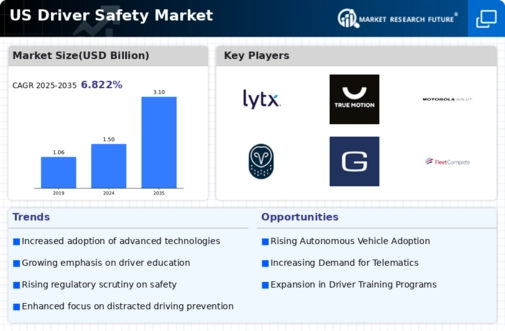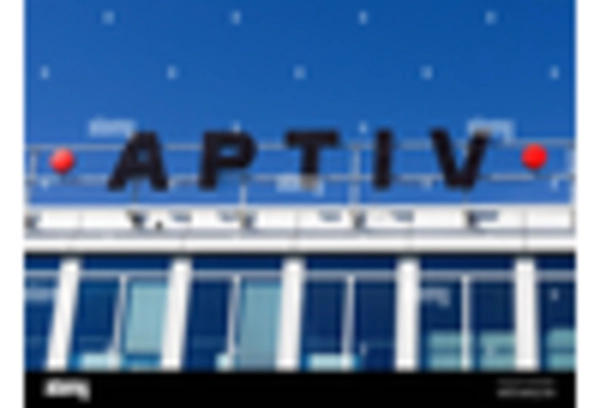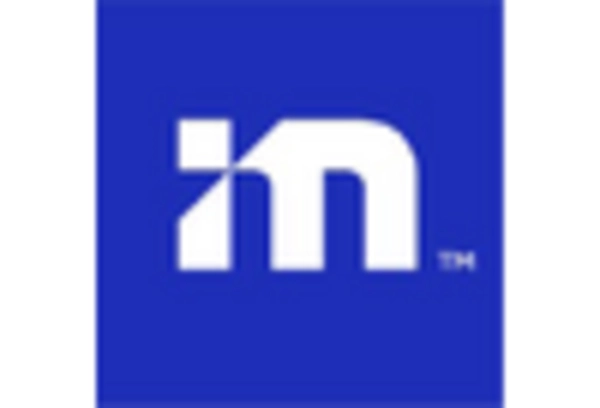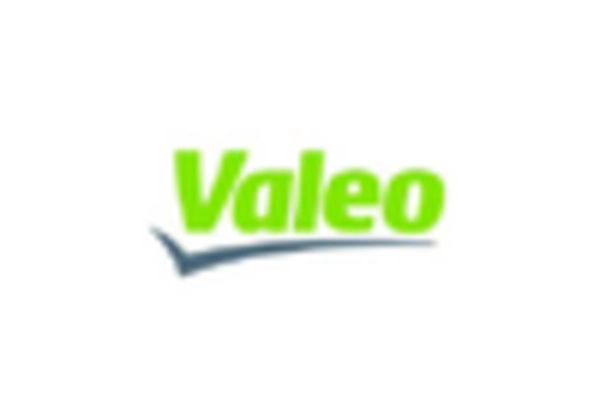Rising Insurance Premiums
The escalating cost of auto insurance is another significant driver impacting the driver safety market. Insurers are increasingly factoring in safety ratings and technologies when determining premiums. As a result, vehicles equipped with advanced safety features may qualify for lower premiums, incentivizing consumers to prioritize safety in their purchasing decisions. In 2025, the average annual premium for auto insurance in the US is expected to exceed $1,600, reflecting a growing emphasis on risk assessment based on driver safety. This trend encourages manufacturers to innovate and integrate more safety technologies into their vehicles, thereby fostering growth in the driver safety market.
Increased Vehicle Automation
The rise of vehicle automation is a pivotal driver in this market. Advanced driver-assistance systems (ADAS) are becoming increasingly prevalent, with features such as lane-keeping assist and automatic emergency braking. These technologies aim to reduce human error, which is responsible for approximately 94% of traffic accidents in the US. The market for ADAS is projected to reach $67 billion by 2025, indicating a robust growth trajectory. As consumers become more aware of the benefits of automation, the demand for vehicles equipped with these safety features is likely to surge. Consequently, manufacturers are investing heavily in research and development to enhance these systems, thereby contributing to the overall growth of the driver safety market.
Government Funding for Safety Programs
Government initiatives aimed at enhancing road safety are crucial drivers of the driver safety market. Federal and state governments are allocating substantial funds to support safety programs, including infrastructure improvements and public awareness campaigns. In 2025, the US government is projected to invest over $1 billion in various road safety initiatives. This funding not only promotes safer driving practices but also encourages the development of new technologies and solutions within the driver safety market. As these programs gain traction, they create a favorable environment for innovation and investment in safety technologies, ultimately benefiting consumers and manufacturers alike.
Impact of Distracted Driving Legislation
Legislation aimed at reducing distracted driving is a significant driver of the driver safety market. Many states have enacted laws prohibiting the use of handheld devices while driving, reflecting a growing recognition of the dangers associated with distracted driving. In 2025, it is estimated that nearly 400,000 injuries will occur due to distracted driving incidents in the US. This legislative focus is likely to spur demand for technologies that help mitigate distractions, such as hands-free systems and voice-activated controls. As a result, manufacturers are increasingly integrating these technologies into their vehicles, thereby contributing to the expansion of the driver safety market.
Consumer Demand for Enhanced Safety Features
The growing consumer demand for enhanced safety features is a key driver in this market. As awareness of road safety issues increases, consumers are actively seeking vehicles equipped with advanced safety technologies. Features such as adaptive cruise control, blind-spot monitoring, and collision avoidance systems are becoming standard expectations rather than optional add-ons. In 2025, it is estimated that over 70% of new vehicles sold in the US will include some form of advanced safety technology. This shift in consumer preferences is prompting manufacturers to prioritize safety in their designs, thereby driving growth in the driver safety market.

















Leave a Comment